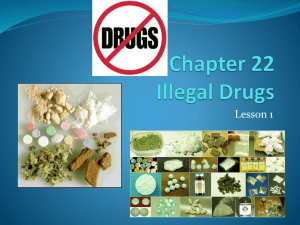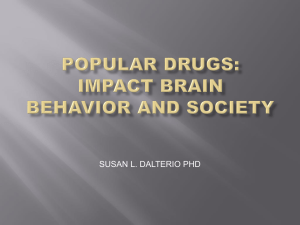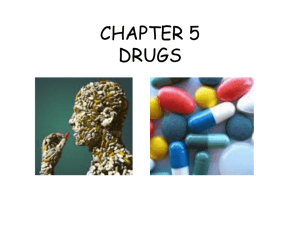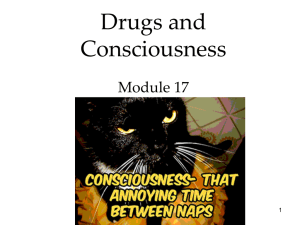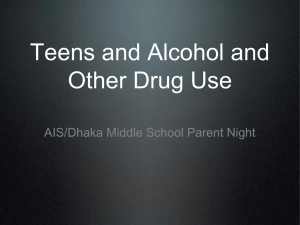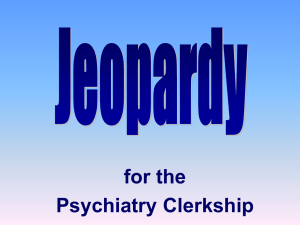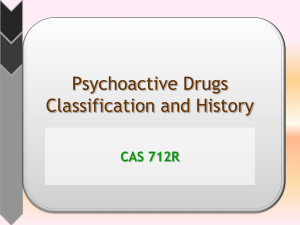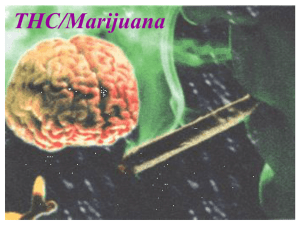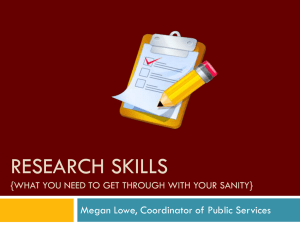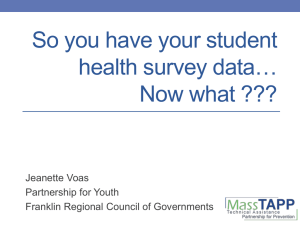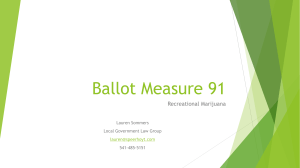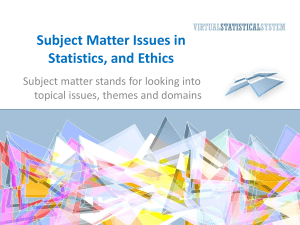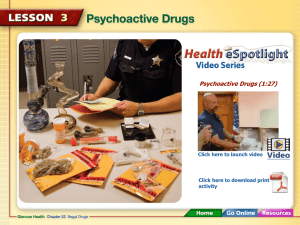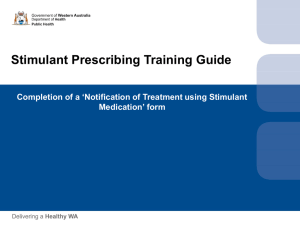Psychology Mod 22: Drugs
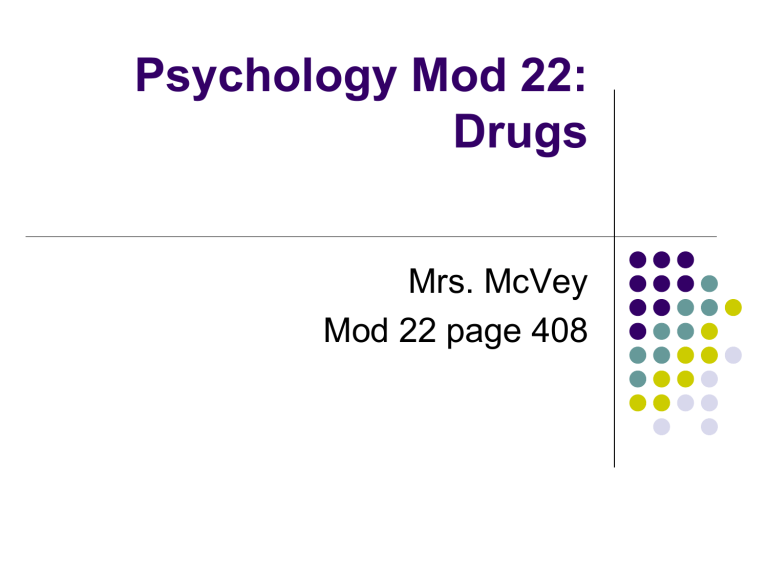
Psychology Mod 22:
Drugs
Mrs. McVey
Mod 22 page 408
Psychoactivity & Dependence
Psychoactive drug is a chemical substance that alters perceptions, mood, or behavior
Dependence: A state of physiological and/or psychological need to take more of a substance after continued use. Withdrawal follows if the drug is discontinued.
Dependence becomes addiction when it disrupts a person’s ability to function in everyday life
Psychoactivity & Dependence
Withdrawal: the discomfort and distress that follow when a person who is dependent on a drug discontinues the use of that drug.
Tolerance: Reduced responsiveness to a drug, prompting the user to increase dosage to achieve effects previously obtained by lower doses
Drugs & Neurotransmission
Remember CNS? Neurons? Neurotransmitter?
Psychoactive drugs get into your synapses and affect neurotransmission in three ways:
Binding with receptors or mimicking a neurotransmitter’s effect, which causes neurons to fire in the absence of normal stimulation
Blocking receptor sites, preventing neurotransmitters from binding, and thereby not allowing neurotransmission to occur
Blocking neurotransmitter reabsorption intensifying the neurotransmitter’s effect in the synapse
Drugs & Neurotransmission
Psychoactive drugs often bind BETTER and stay attached to receptors LONGER than normal neurotransmitters do, intensifying the drug’s impact on the body.
Psychoactive drugs affect neurotransmission by binding with receptors, blocking neurotransmitter release, or blocking reabsorption
See Figure 22.2 on page 411
Drug Classifications
Five different categories
Depressants
Opiates
Stimulants
Hallucinogens
Marijuana
Drug Classifications
Depressants : Drugs that reduce neural activity and slow body function
**Alcohol: shuts down parts of your brain responsible for controlling inhibitions and making judgments
Sedatives: drugs that depress the activity of the central nervous system, reducing anxiety but impairing memory and judgment
(ex: Valium and Xanax)
Barbiturates are prescribed as tranquilizers
Drug Classifications
Opiates: Opium and its derivatives, such as morphine and heroin, they depress neural activity, temporarily lessening pain and anxiety
Morphine: strong sedative and pain-relieving drug derived from opium
Endorphins: natural, opiatelike neurotransmitters linked to pain control and pleasure (exercise endorphins)
Drug Classifications
Stimulants: drugs that excite neural activity and speed up body functions
Caffeine: stimulant found in coffee, chocolate, tea, and soft drinks (**caffeine withdrawal=moody, headaches) tolerance with regular use
Nicotine: stimulant found in tobacco
Cocaine: stimulant derived from leaves of coca pant
Amphetamines: drugs stimulate neural activity, speeding up body functions, and associated energy and mood changes (speed or uppers)
Drug Classifications
Hallucinogens: Psychedelic (“mind-manifesting”) drugs such as LSD and ecstasy, that distort perceptions and evoke sensory images in the absence of sensory input
LSD : powerful hallucinogen drug also known as acid
Ecstasy: hallucinogen that produces lowered inhibitions, pleasant feelings, and greater acceptance of others. Even moderate use may result in permanent brain damage
Drug Classifications
Marijuana: leaves, stems, resin, and flowers from the hemp plant that, when smoked, lower inhibitions and produced feelings of relaxation and mild euphoria
Medical Marijuana
Has its own category because:
its behavioral effects are similar to low doses of alcohol, but different than high doses because it doesn’t suppress breathing and isn’t lethal
It produces very mild hallucinogenic experiences
Chemical structure doesn’t resemble sedatives or hallucinogens
Long-term costs of Marijuana
Pot smoke is harder on your lungs than cigarette smoke
Brain cell loss accelerates with large doses
Memory is still impaired long after marijuana’s effect has worn off
Marijuana seems to suppress the immune system, making it harder for your body to fight off disease and infection
The structure of every hair on your body is detectably damaged with even a single marijuana experience, and no amount of conditioner can hide the damage
Prevention
Education is related to drug use —15% of US college dropouts smoke, as do 42% of high school dropouts
Hope matters —Those who believe their lives are meaningless are more likely to do drugs
Genetics play a role: there is a gene occurring more frequently among alcohol-dependent people than among others
Peers count —if friends do not drink or smoke, teens are more likely not to do it.

